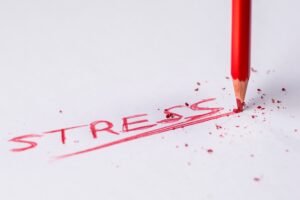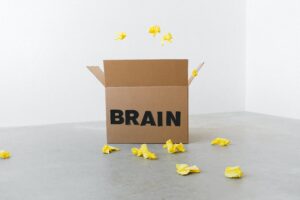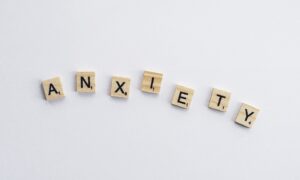About Me
As a teenager, art was a transformative tool for my own well-being. Working and taking classes at the Metropolitan Museum of Art during my teen years and into adulthood, I discovered the powerful potential of creative expression. When I learned about Art Therapy, I immediately knew it was my calling to become an Art Therapist.
With over 15 years of experience, I have had the privilege of working with adults, adolescents, and children across various settings, including inpatient and outpatient care. Now in private practice, I specialize in Art Therapy, EMDR (Eye Movement Desensitization and Reprocessing), and Internal Family Systems (IFS) therapy. My work supports clients in navigating anxiety, depression, trauma, life transitions, and stress, while integrating mind, body, and creative expression. I am committed to helping you explore and express your emotions, guiding you toward healing and helping you live life in color.
As a therapist of Indo-Caribbean descent, I understand the unique challenges faced by individuals from Caribbean and BIPOC communities, especially those navigating the complexities of identity, culture, and historical trauma. When working with clients of Caribbean or Indo-Caribbean heritage, I honor the richness of their cultural backgrounds while recognizing the societal and familial pressures they may face. My approach is rooted in cultural sensitivity and respect, helping each individual embrace their strength and unique journey.
If you’re ready to explore how Art Therapy, EMDR, and IFS can support your healing and self-discovery, I invite you to reach out. Together, we can create a safe, empowering space where you can heal, grow, and live life fully expressed—in color.
How I can help
Anxiety disorders are the most common mental disorders in the U.S.
Anxiety is a whole body experience often causing symptoms in our bodies, sweating, tightness in chest, racing thoughts and shortness in breath are just some symptoms you may be experiencing.
Anxiety can serve as a motivator but can also lead to catastrophic thinking and worry. Anxiety can be crippling and draining, I can help you identify causes, trigger and develop coping strategies to reduce frequency and intensity of symptoms.
Art and talk therapy can be particularly helpful in coping with anxiety.

In todays world most of us have experienced trauma. There are three main types of trauma acute, chronic, or complex. Acute trauma results from a single incident. Chronic trauma is repeated and prolonged such as domestic violence/abuse. Complex Trauma is exposure to varied and multiple traumatic events.
Trauma results from exposure to an incident or series of events that are emotionally disturbing or life-threatening with lasting adverse effects on the individual’s functioning and mental, physical, social, emotional, and/or spiritual well-being. Although trauma can occur at any age, it has particularly debilitating long-term effects on children’s developing brains. Often referred to as adverse childhood experiences (ACEs).
Art Therapy and EMDR is a form of therapy that is particularly helpful in reprocessing trauma.

A small amount of stress can help us to complete tasks and even provide an increased burst of energy . Stress can become a problem when it lasts for a long time or is very intense. Stress can affect our physical and mental health.
There are two main types of stress acute and chronic. Acute stress occurs shortly after an event. It lasts for a short period of time, usually less than a few weeks, and is very intense. It can happen after an upsetting or unexpected event.
Chronic stress lasts for longer period of time or can keep coming back.You might experience this if you are under lots of pressure a lot of the time. You might also feel chronic stress if your day-to-day life is difficult.
Art and talk therapy can be particularly helpful in managing stress.

EMDR & The Brain
When we experience something overwhelming and relive the traumatic event there is reduced control of the pre-frontal cortex over the activated amygdala and hippocampus (the amygdala and hippocampus become overstimulated). In other words, when you are triggered, the rational thinking part of your brain can’t control the emotional part of your brain. This is why when you get triggered, you can’t think and you feel overwhelmed.
Traumatic memories are trapped or stuck in the amygdala-hippocampal complex and when triggered, they seem to occur in the present. These memories are thought to be unprocessed memories.
We process and consolidate memories from the hippocampus to the neocortex, during sleep. Memories are processed at night when we dream (Rapid Eye Movement or REM phase), these are moved out of the amygdala-hippocampal complex and processed by the rest of the brain.
Neuroscientists propose that what happens during REM (dream) sleep happens during bilateral stimulation in EMDR, much like when your eyes move side to side when you dream.

